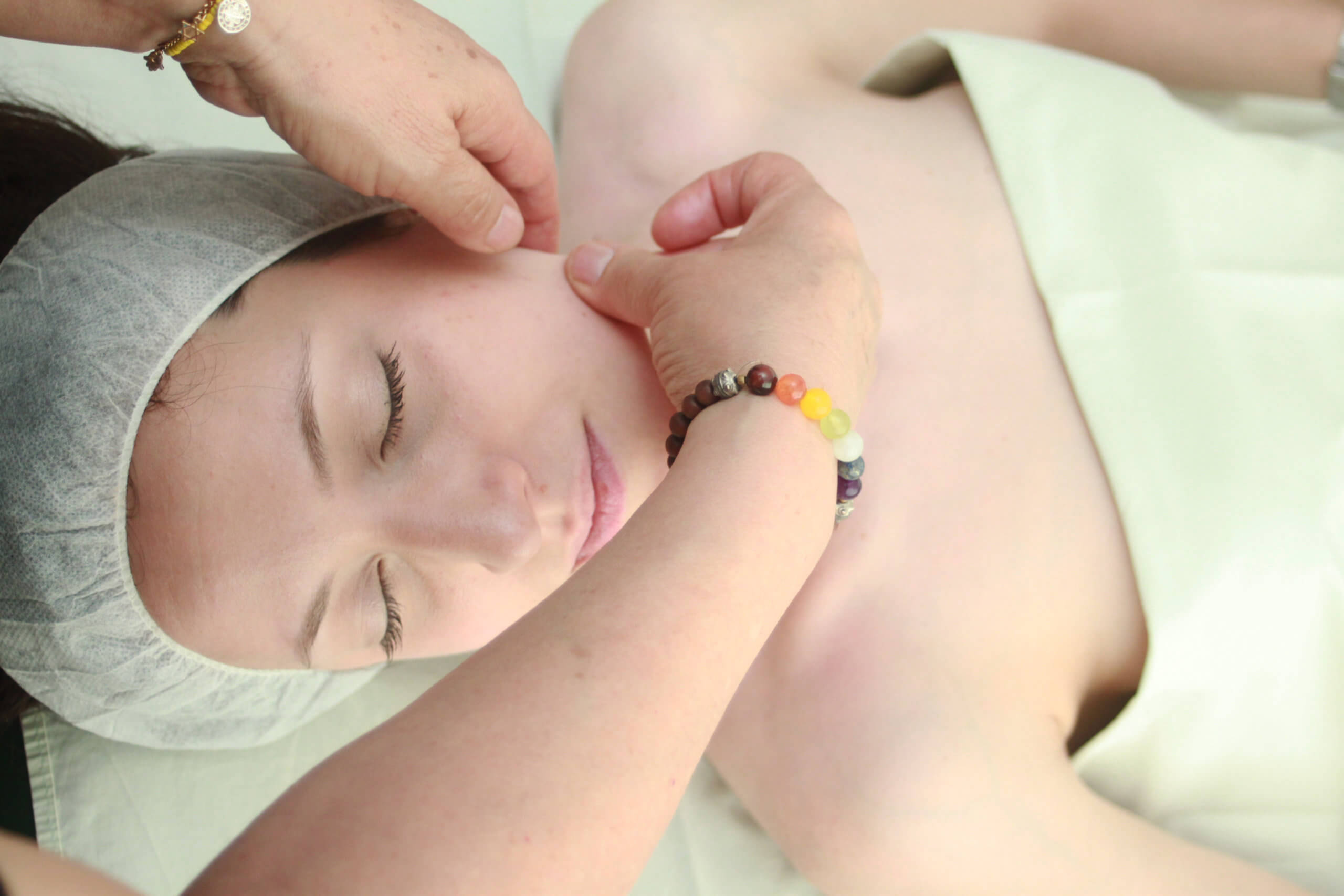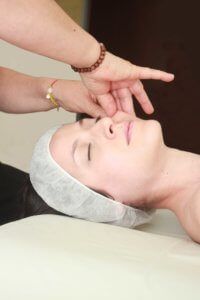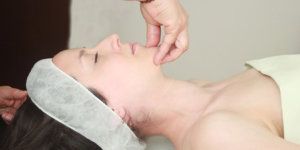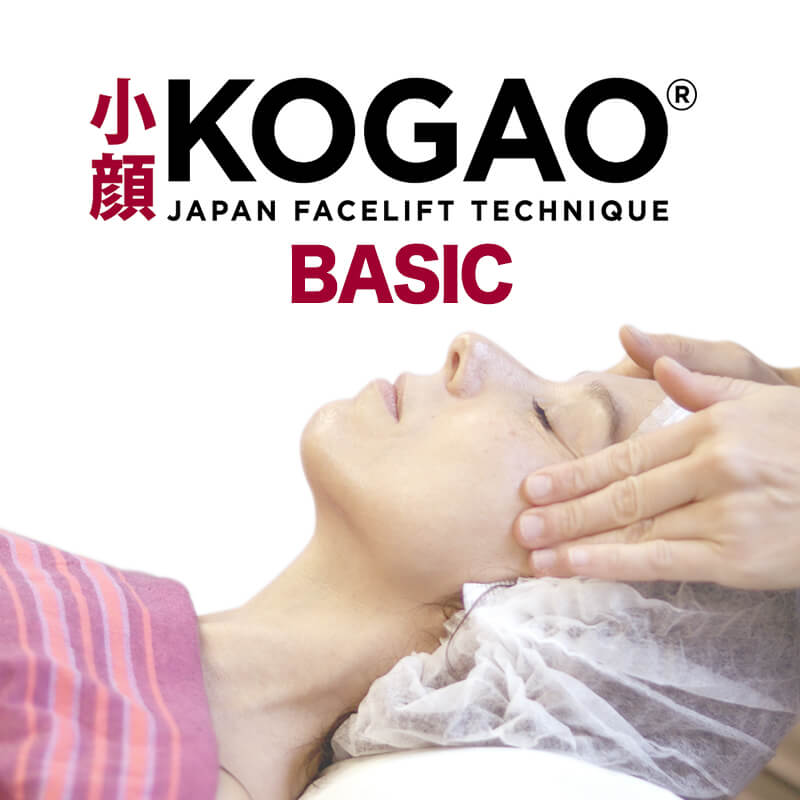Self-administered Shiatsu is an ideal method to be aware of our body and incorporate Shiatsu into our daily lives. A few minutes of Autoshiatsu any time of day can help us relax and direct our attention to areas of tension that we would not otherwise notice.
It is also a good way to develop our skill with Shiatsu if our goal is to treat others, since it allows us to feel the effects of the technique as a practitioner and as a patient at the same time.
The cervical region is a delicate area, the direct information we obtain with Autoshiatsu is of great help when developing our technique and thus being able to apply it more effectively in treatments.

Five basic rules for good health.
As we have already discussed in previous entries, in order to maintain good health and comfort in your daily life, it is important to adopt some regular and orderly habits of style in your lifestyle.
Observe the five rules that, together with this Autoshiatsu treatment, help us take care of and maintain good health.
1. Appropriate diet. Balanced food should always be consumed at the same times, not allowing much time to pass between meals. It is important to chew slowly and calmly, having a relaxed environment avoids eating with tension and thus we digest the food better. It is important to drink the appropriate amount of water daily as it allows the body to always stay hydrated.
2. Restful sleep. Normally you have to go to bed at the same times, our body gets used to certain times and by changing them we are unbalancing our body. Ideally, you should fall into a deep sleep after retiring for the night, gradually increasing to shallower sleep until it's time to get up. This pattern guarantees maximum recovery for the nervous system, organs and muscles.
3. Correct disposal. For correct elimination there must be a bowel movement once a day. Regularly practicing abdominal Autoshiatsu promotes the organs to function correctly and prevents diarrhea or constipation.
4. Appropriate activities. In human nature we have predefined the search for goals and new purposes by dedicating ourselves to our daily tasks and defining new objectives. Keeping busy with various activities and applying our creativity and energy makes it possible for us to improve day by day.
5. Laughter. Laughter is unique to human nature. There are many muscles in the face only indicated for this function. There is nothing more joyful than a life full of good humor and laughter that comes directly from the belly, our center of the body. The motto of Tokujiro Namikoshi (1905-2000); creator of Shiatsu; It was “with a smile you rejuvenate, with anger you age” thanks to this motto, his life was long, reaching almost 100 years. Let's smile as we brings many benefits In our life.
Treatment in the cervical region. Operation 1. Anterior cervical region.
This is one of the most important and delicate regions of the body. For this reason, your treatment must be carried out gently and carefully. Place the left thumb on the first point of the left anterior cervical region, where the pulse of the carotid sinus is felt (where the common carotid artery divides into the internal and external carotid).
With your thumb perpendicular to your neck and your fingers resting on the back of your neck, lightly press this point for three seconds. Then, following the inner edge of the sternocleidomastoid muscle down to the clavicle, gently press back on each of the four points. Repeat three times. Do not move the rest of the fingers. Then repeat the operation on the right side.
Pathologies: Torticollis, back pain, stress problems, anxiety, sore throat, digestive system problems.

Operation 2. Lateral cervical region.
Keeping your elbows spread at your sides, place the pads of the three middle fingers of each hand on both sides of the neck, with the ring fingers on the first point (immediately below the mastoid process, located behind the earlobe) . Going down to the base of the neck (where the neck and shoulder meet), press towards the center of the neck at each of the three points for three seconds. Repeat three times.
Pathologies: Headache, insomnia, torticollis, prevention of atherosclerosis.

Operation 3. Medulla oblongata.
Place the pads of the middle fingers on the sole medulla oblongata point (under the external occipital protuberance) with the right one below. While tilting your head back, gradually increase the pressure, moving toward the area between your eyebrows. Repeat three times, holding pressure for five seconds each time.
Pathologies: headache, torticollis, shoulder contracture, flu symptoms, psychological problems.

With these simple steps, Autoshiatsu in the cervical region can become a crucial tool for relaxation and well-being, so much physical as mental. Incorporating these practices along with the five basic rules for good health into your daily life will not only help you maintain a internal balance, but it will also allow you to develop a increased body awareness and a deeper connection with yourself.
Remember that the Self-care is essential for a full and healthy life.
Related entries:
